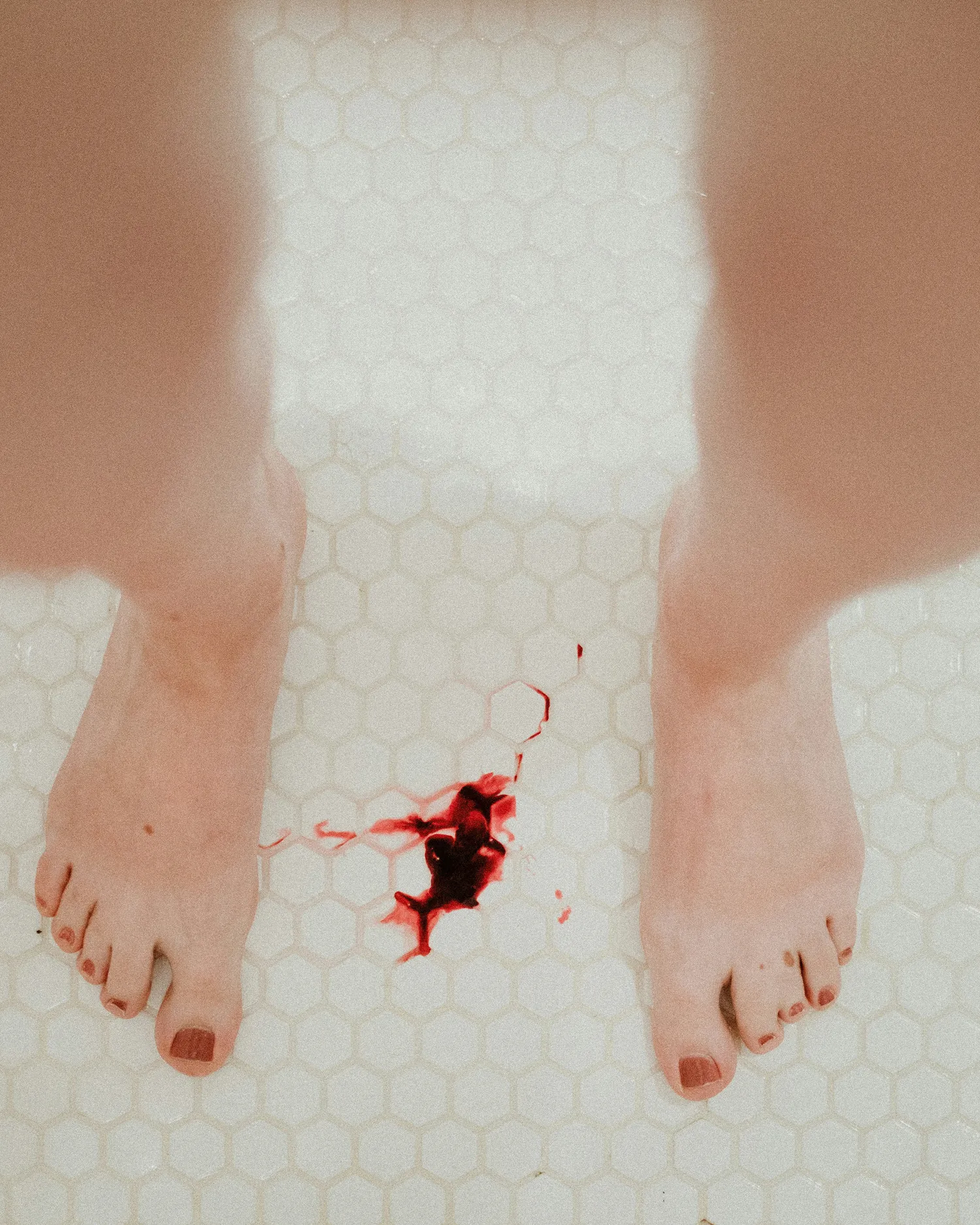Jun 11, 2025
STAGES OF PERIOD BLOOD: WHAT THE COLOUR CHANGES MEAN FOR YOUR HEALTH
Period blood doesn’t always look the same and that’s completely normal. From bright red to deep brown, the colour of your period blood can vary not just from person to person, but also throughout your cycle. These changes might catch you off guard sometimes, but they usually reflect natural shifts happening in your body.
Let’s take a closer look at what different period blood colours can mean, and when it’s a smart move to check in with your doctor.
Why Period Blood Colour Changes
Your menstrual blood colour mainly depends on how long it’s been exposed to oxygen. Fresh blood tends to be brighter, while older blood that takes longer to leave the body may appear darker. Hormones, flow rate, and the day of your cycle all play a role in what you see.
Understanding these natural shifts can help you feel more confident about your cycle and helps you spot when something might need attention.
Bright Red
Bright red blood usually shows up at the start of your period and signals a steady flow. It means the blood is fresh and moving quickly through your body. This colour is typically a sign of a healthy, active bleed.
Dark Red or Brown
As your period slows down, blood may appear darker, sometimes even brown. This colour usually shows up at the beginning or end of your period and often reflects older blood that took longer to exit the uterus. You might also notice brown blood when you spot between periods or after a long gap between cycles.
In many cases, this is normal. But if the colour is accompanied by an unusual smell, discomfort, or irregular timing, it might be worth a check-in.
Pink
Pink period blood often appears when menstrual fluid mixes with cervical mucus or vaginal discharge. It may be more common during lighter flows or spotting. Hormonal shifts, such as low oestrogen levels or starting a new hormonal birth control, can also play a role.
If you’re seeing light pink blood regularly, especially outside your normal cycle, consider tracking it and discussing it with a healthcare provider.
Orange or Rust-Coloured
Blood that looks orange or rust-like may raise questions. Sometimes, it’s simply a mix of cervical fluid and blood, especially during light spotting. However, if it’s paired with an unusual odour, itchiness, or discomfort, it could indicate an infection and should be reviewed by a doctor.
Grey or Very Pale Blood
Grey or very pale blood isn’t typical and could be a sign of an infection, such as bacterial vaginosis. If you notice grey tissue or experience a strong odour, fever, or pain, it’s important to seek medical attention promptly.
When to Talk to a Doctor
Most period blood colour changes are harmless and linked to natural shifts in flow or hormones. But if you notice any of these, it’s good to get checked:
- A sudden or extreme change in your usual colour or flow
- Strong odour, pain, or fever
- Bleeding between periods or after sex
- Grey tissue or clots larger than a coin
Paying attention to these signs isn’t about alarm, it’s about staying informed and proactive.
Your period can offer valuable insight into your overall health and colour is one of those clues. Whether your flow is red, brown, pink, or something in between, tracking your period helps you understand what’s normal for you and when to act.
Knowing your cycle is one of the simplest, most powerful ways to care for your body and listen to what it’s trying to tell you.
Blogs

Jun 08, 2022
EXPLORING PERIOD CARE IN CULTURES AROUND THE WORLD
Our TOM Talks panelist Sabina McKenna explores how different cultures around the world approach period care.
Read More
Jun 08, 2022
STOP APOLOGISING FOR HAVING YOUR PERIOD
Our TOM Talks panelist Mel Mason talks about the importance of not apologising for having your period.
Read More
Jun 07, 2022
STRESSED? NOT SLEEPING? TRYING TO CONCEIVE?
TOM Talk's panelist Georgia Hartmann discussed the links between stress, sleep and fertility.
Read More
Jun 07, 2022
STRESS AND HOW IT AFFECTS YOUR SEX DRIVE
Certified sex coach Georgia Grace is here to unpack the link between stress and sex.
Read More